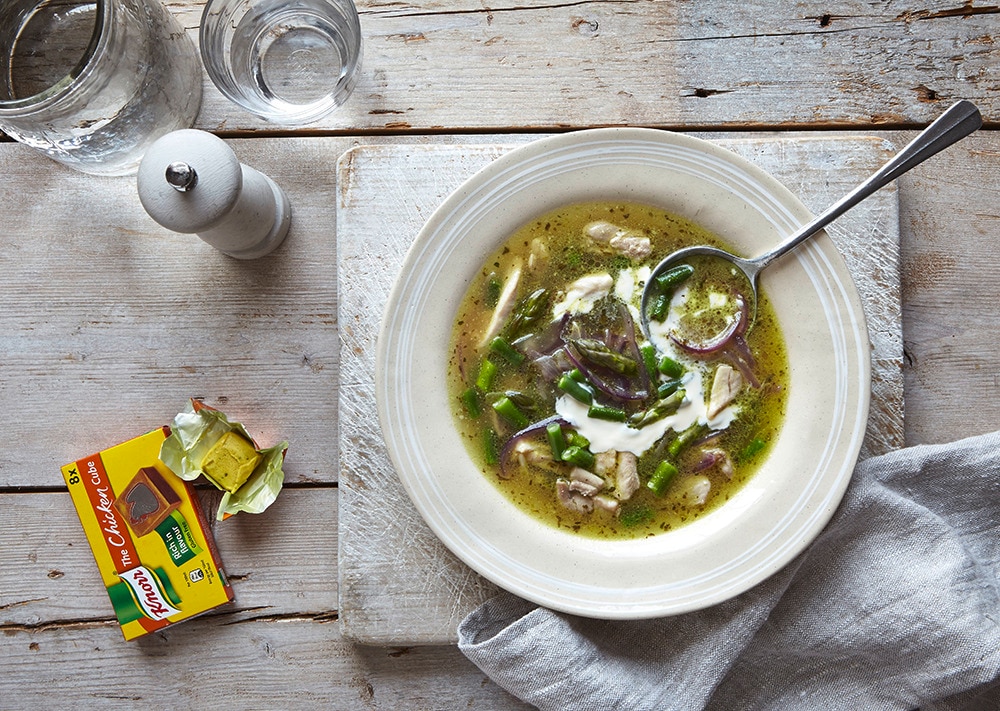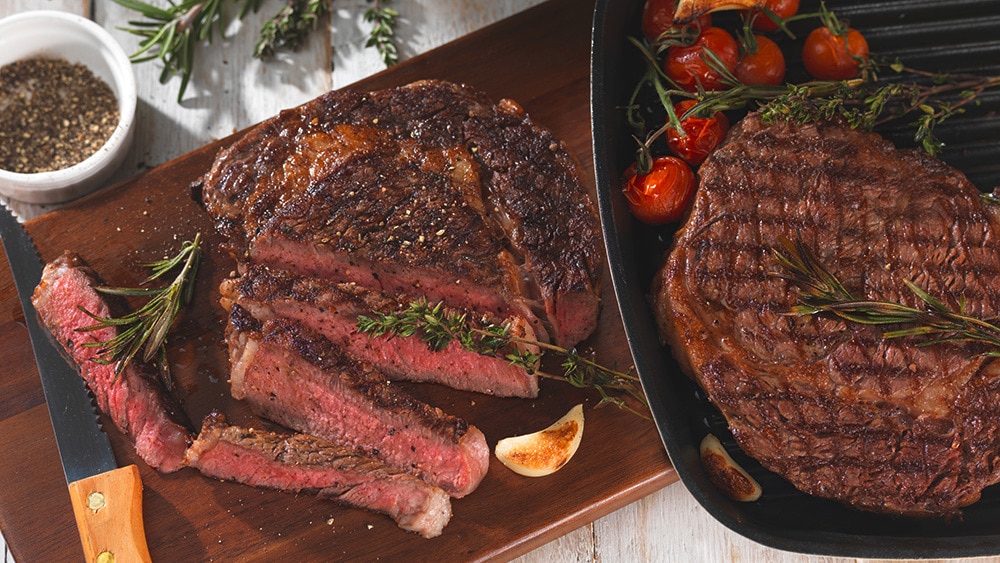Skip to:
Timing is everything in the kitchen. Knowing when your meat is safely cooked and equally not overcooking it are both key to cooking meat successfully.
When it comes to cooking beef, remember that as long as it’s handled hygienically, it’s perfectly safe to serve beef rare, indeed even raw. The classic French dish, steak tartare for example, is made from very good quality raw beef steak, minced and served. Steak carpaccio, invented by Harry’s Bar in Venice, consists of very finely sliced beef steak, simply served raw with a dressing sprinkled over.
While some people enjoy their steaks 'blue' (that is quickly seared on the outside but still raw and indeed barely warm on the inside), others prefer it well done. That’s fine; it’s up to you. Remember, a good restaurant will always ask you how you like your steak done – they know it’s a personal choice.
I’m often asked how to tell when a steak is cooked. It’s tricky to come up with a hard and fast answer, as each steak will cook differently depending on a number of factors, including how thick it is, its water content and how hot the pan is. One useful guide, though, is what’s called the 'thumb test' in which you judge the steak by feeling it. The rarer the steak is, the softer it feels when pressed; the firmer it feels, the more cooked it is.
As a guide, use your hand as to how the steak should feel:
Rare:
With a relaxed hand, bring the tips of your index finger and thumb together. The muscle at the ball of your hand will feel soft and spongy. This is what a rare steak feels like.
The meat inside will be bright red.
Medium:
With a relaxed hand, bring the tips of your thumb and third finger together. The muscle at the ball of your hand will offer more resistance, which is the feel of a medium steak.
The meat will have a pinkish centre.
Well done:
With a relaxed hand, bring the tips of your little finger and your thumb together. The muscle at the ball of your hand will feel resistant and very firm; this is how a well done steak feels.
The meat should not be pink inside at all.
With regard to roasts, a useful gadget to test how a joint of meat or bird is cooked is a meat probe thermometer, which you can pick up at the supermarket. A meat probe thermometer tells you the internal temperature of the piece of meat. Stick it deep into the middle of the joint (but not at the bone) and wait while the temperature reading stabilises. Using a meat probe thermometer takes the guesswork out of the process, as you’ll be able to accurately tell whether your meat is cooked to the right extent.
Both chicken and pork must be cooked through properly, with the safe internal temperature for chicken being 180°F (80°C) and pork 165°F (75°C). Beef and lamb can be served at various stages of rareness, with recommended internal temperatures being 113°F (56°C) for very rare, 131°F (55°C) for rare, 150°F (65°C) for medium and 170°F (75°C) for well done.
Cooking is something you learn to do. I spent many long, hot hours in professional kitchens working hard to learn the skills I needed. Don’t be disheartened if at first you don’t get a dish quite right. Learn from your mistakes and try again. When I cook I always pay attention to the dish I’m cooking – how it looks, smells and feels. I don’t cook by the book. I cook using my senses.






